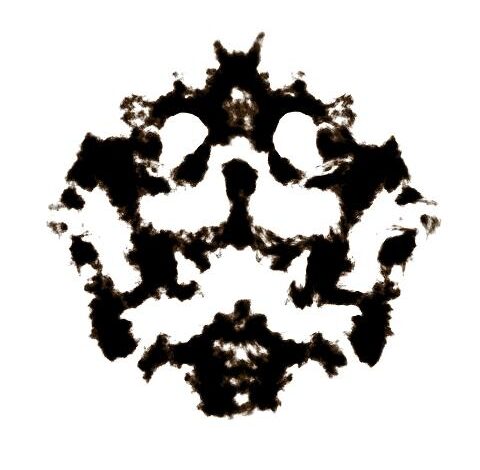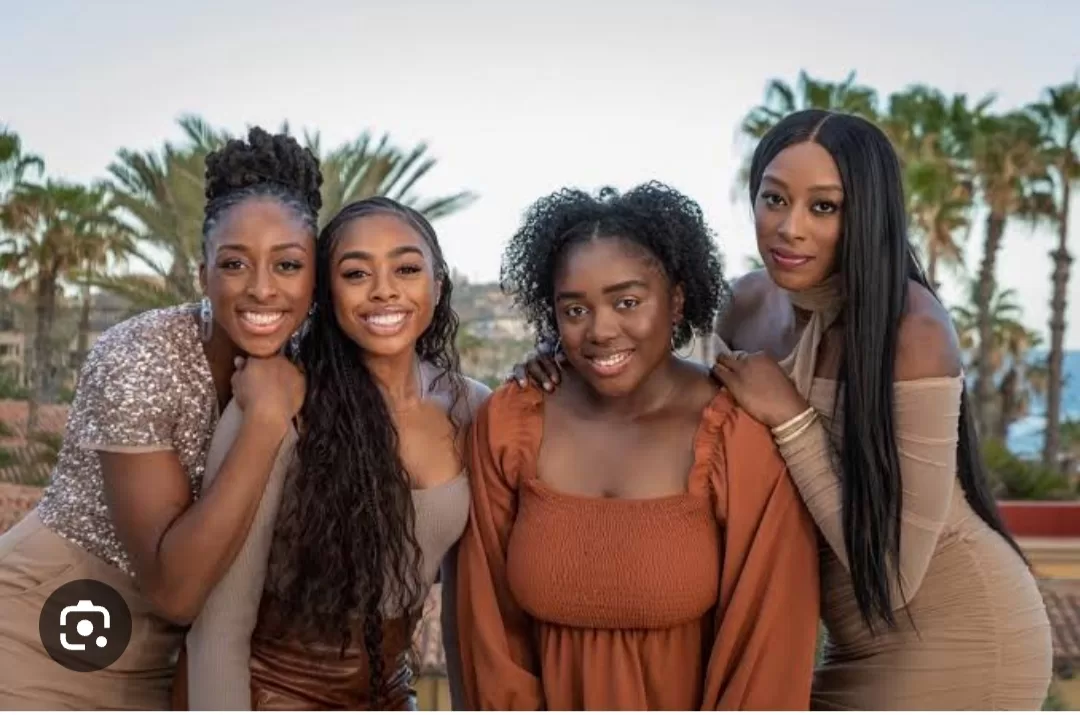Is Pareidolia a gift or disorder?


Pareidolia is a psychological phenomenon that causes people to see patterns in a random stimulus. The human brain is hard-wired to recognise shapes around us, and this often leads to people assigning living characteristics to objects.
Pareidolia can be a gift to artists when visual stimuli results in inspiration, and this is what makes some of Salvador Dali’s paintings so magical.
In fact, you have probably experienced some pareidolia yourself if you’re the type of person who can see dragons in clouds, the man in the moon, or orchids that tempt your brain into seeing miniature creatures. The strength of the ability to see something else varies from person to person.
READ MORE: Man with the biggest butt surfaces online (Photos)
Evolutionary psychologists believe that the phenomenon of pareidolia was advantageous to our ancestors by giving them certain survival benefits. This happened by:
Providing protection from predators, as it was safer for the ancestors we evolved from to assume they see a face, even where there was none. It created ‘super alertness’, and thus is evolutionarily advantageous.
Babies being more likely to be cared for if they experience pareidolia. Carl Sagan theorised that, “Those infants who a million years ago were unable to recognise a face smiled back less, were less likely to win the hearts of their parents, and less likely to prosper”.
And so this strength for fitter survival has allowed pareidolia to be passed on to current generations.
Pareidolia is a normal neuroperceptual phenomenon and a perfectly healthy tendency. It can be more common when fatigued, and has also been found to generally be stronger in the perceptions of women due to their keener ability to recognise emotions through facial expressions.
It is an ability that is correlated with having a more positive mood, which has context within previous research that shows positive feelings widen the scope of attention. This allows a person the skill to consider more diverse possibilities and interpretations with enhanced creative problem-solving.
Pareidolia is a visual apophenia – which means an error of visual perception. It happens in auditory and tactile domains as well, when you mishear voices in a noisy environment, feel a mobile phone vibrating when it’s not, or sync incorrect words to lip-reading without audio.
It all happens because our brains love to find #patterns! There is an entire region of the brain called the fusiform gyrus that is dedicated to recognising faces, and it lights up when we engage with faces perceived in other objects, such as in flowers.
Small areas in the temporal lobes help us recognise animals and frequently found characteristics of bodies, such as the curves of elbows or legs. Finding patterns helps us reduce uncertainty and make sense of our environment around us, and can bring a surprising magic and beauty to what might otherwise be overlooked.
Test your own sense of pareidolia by looking through these magnificent flowers that for many people stimulate visual apophenia. What can you see, and how fast can you see it?




